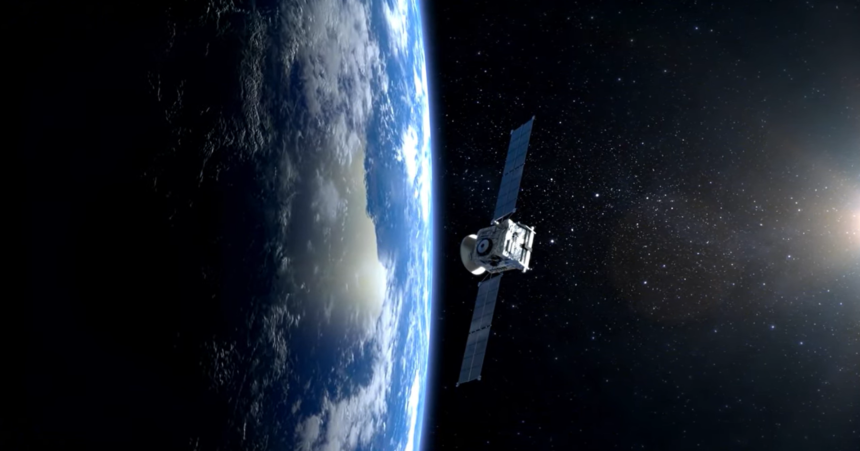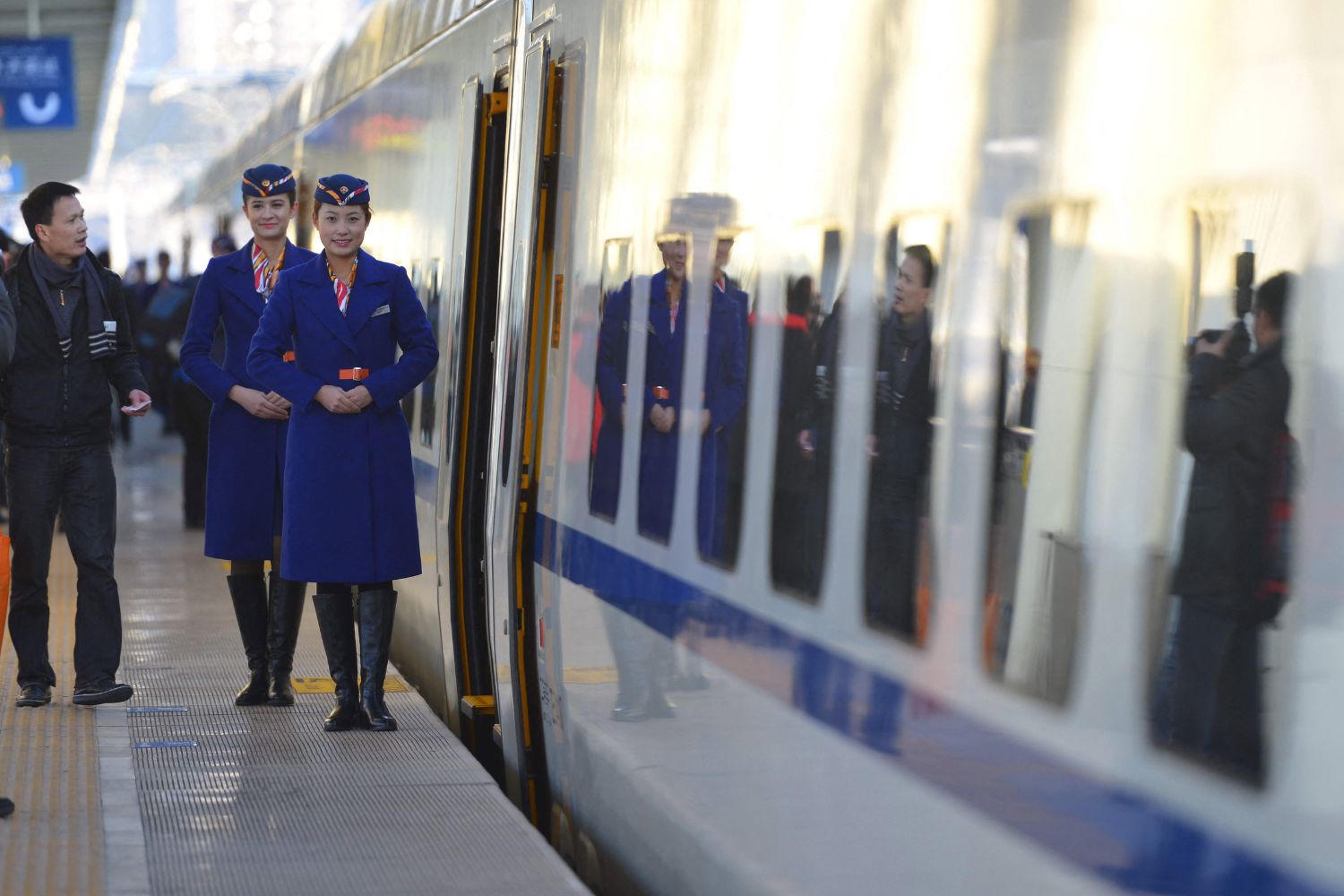In a significant advancement for artificial intelligence and aerospace technology, China has successfully completed the technical verification of a large-scale AI model using a recently launched satellite. This development marks a pivotal step in harnessing AI capabilities in space and underscores China’s commitment to enhancing its technological prowess.
The satellite, which was launched earlier this year, conducted an extensive series of tests on its onboard AI model from September 25 to October 5. During this period, a total of 13 tests were executed, encompassing a diverse array of tasks that aimed to evaluate the model’s performance under various conditions. These tests were meticulously designed to challenge the AI’s adaptability and effectiveness in real-world scenarios, providing valuable insights into its operational capabilities.
One of the remarkable aspects of these tests was the variety of conditions under which the AI model was assessed. From data processing and analytics to real-time decision-making in unpredictable environments, the AI demonstrated its ability to perform complex operations that are essential for future satellite missions. This versatility is crucial, as AI-driven satellites can significantly enhance data collection, analysis, and response times in various applications, including environmental monitoring, disaster management, and urban planning.
The successful completion of these tests not only highlights the robustness of the AI model but also showcases the potential integration of AI in satellite technology. With AI systems capable of processing vast amounts of data and learning from their environments, future satellites equipped with such technology could operate more autonomously, reducing the need for constant human oversight and enabling them to respond more swiftly to changing situations on Earth.
Experts believe that this achievement could pave the way for greater advancements in AI applications across different sectors. The implications of deploying AI in satellite technology extend beyond national security and defense; they encompass various fields such as climate science, agricultural monitoring, and resource management, where precise data and rapid analysis are paramount.
China’s successful verification of AI technology through satellite tests is a testament to its growing capabilities in space exploration and artificial intelligence. As countries around the world race to develop and implement advanced AI technologies, this achievement positions China as a formidable player in the global tech landscape.
In conclusion, the integration of large-scale AI models into satellite systems represents a new frontier in both aerospace and artificial intelligence. The promising results from these tests provide a glimpse into a future where AI not only enhances our understanding of the world but also contributes to the efficient management of resources and responses to global challenges. As the journey of AI in space continues, the potential for groundbreaking innovations remains limitless.
The successful technical verification of a large-scale AI model via satellite in China is part of a broader trend where nations and organizations are increasingly leveraging artificial intelligence to enhance satellite operations. Some key aspects and implications of this achievement:
- Technological Advancements
The AI model tested aboard the satellite is likely equipped with machine learning algorithms that enable it to process and analyze data in real-time. This capability allows the satellite to make decisions based on incoming data without waiting for instructions from ground control, thereby increasing the efficiency of operations. Such advancements could lead to improved image resolution, enhanced data accuracy, and faster response times.
- Diverse Testing Conditions
The 13 tests conducted under varying conditions are crucial for understanding how the AI model performs in different scenarios. These conditions may include changes in temperature, radiation levels, and operational stresses typical in outer space. By simulating these environments, researchers can ensure that the AI model is robust and reliable for future missions.
- Applications Beyond Earth Observation
While the immediate applications of AI in satellites often focus on Earth observation, the implications extend to various fields. For instance:
- Autonomous Navigation:
AI can help satellites navigate more effectively, avoiding collisions with space debris or other satellites. - Communications:
AI models can optimize data transmission and improve communication protocols, ensuring that critical data is relayed back to Earth swiftly. - Scientific Research:
AI can assist in analyzing data from experiments conducted in space, helping researchers to make discoveries more efficiently.
- Global Competitive Landscape
China’s achievement places it in a competitive position in the global arena of space technology. Other nations, including the US, Russia, and members of the European Space Agency, are also investing heavily in AI for satellite and aerospace applications. This competition drives innovation and can lead to collaborative efforts in international space exploration projects.
- Ethical and Regulatory Considerations
As AI becomes more integrated into satellite technology, ethical considerations surrounding its use will become increasingly important. Issues such as data privacy, security, and the potential for misuse of AI capabilities must be addressed. Establishing clear regulations and ethical guidelines will be essential as nations advance their AI capabilities in space.
- Future Prospects
Looking ahead, the successful verification of AI models in satellites could lead to the development of even more sophisticated systems. Future satellites might employ advanced AI techniques such as deep learning, enabling them to analyze complex datasets and recognize patterns that human operators might miss. This could revolutionize fields such as disaster response, where timely and accurate information is critical.
China’s successful completion of technical verification for its AI model aboard a satellite not only signifies a leap in technology but also sets the stage for a new era of satellite operations. As the integration of AI in aerospace continues to evolve, it promises to reshape our understanding of space and improve our capabilities in addressing global challenges. The potential applications are vast, and the implications for scientific research, environmental monitoring, and national security are profound. As this field progresses, collaborative efforts, ethical considerations, and continuous innovation will be key to unlocking the full potential of AI in satellite technology.














Your article helped me a lot, is there any more related content? Thanks!
I don’t think the title of your article matches the content lol. Just kidding, mainly because I had some doubts after reading the article.